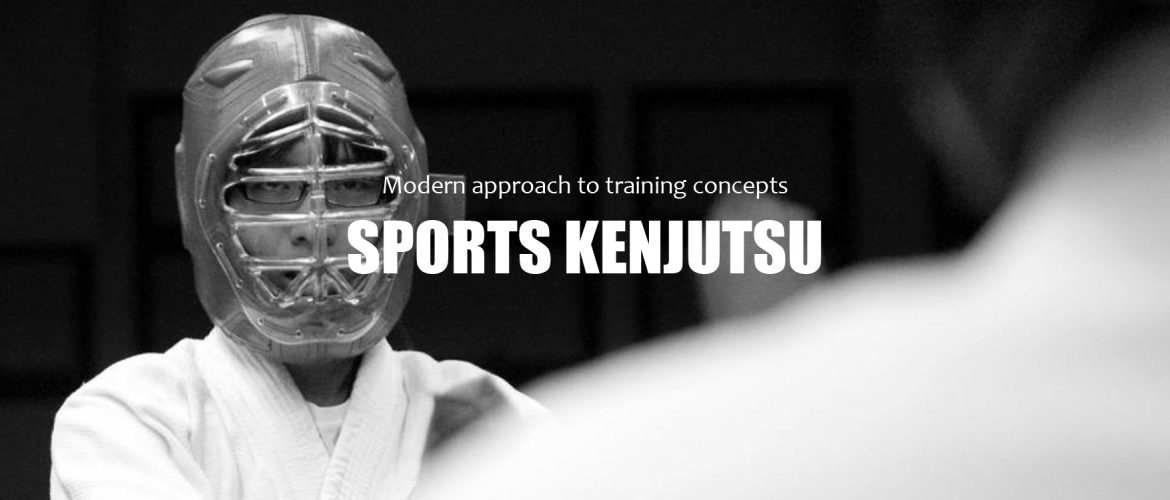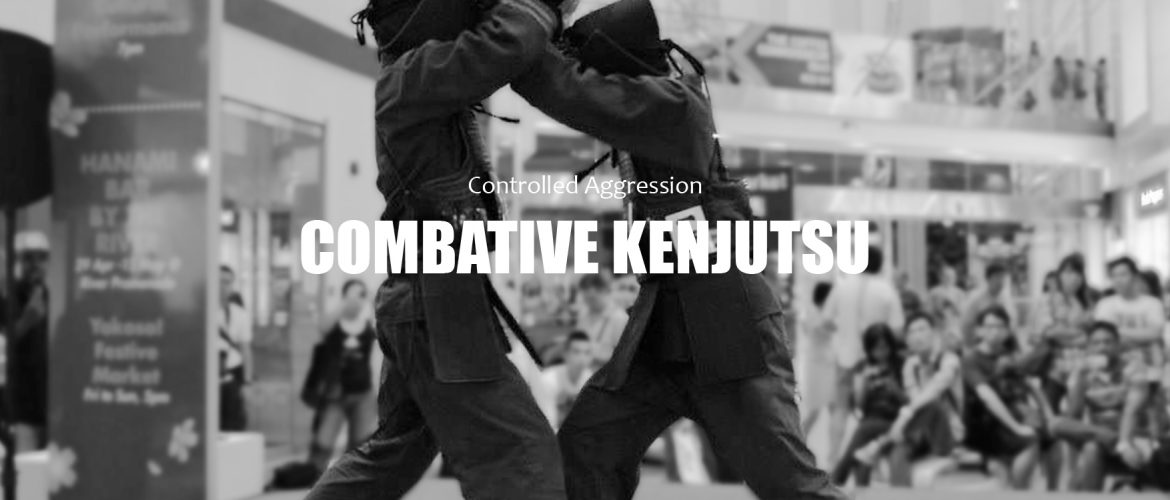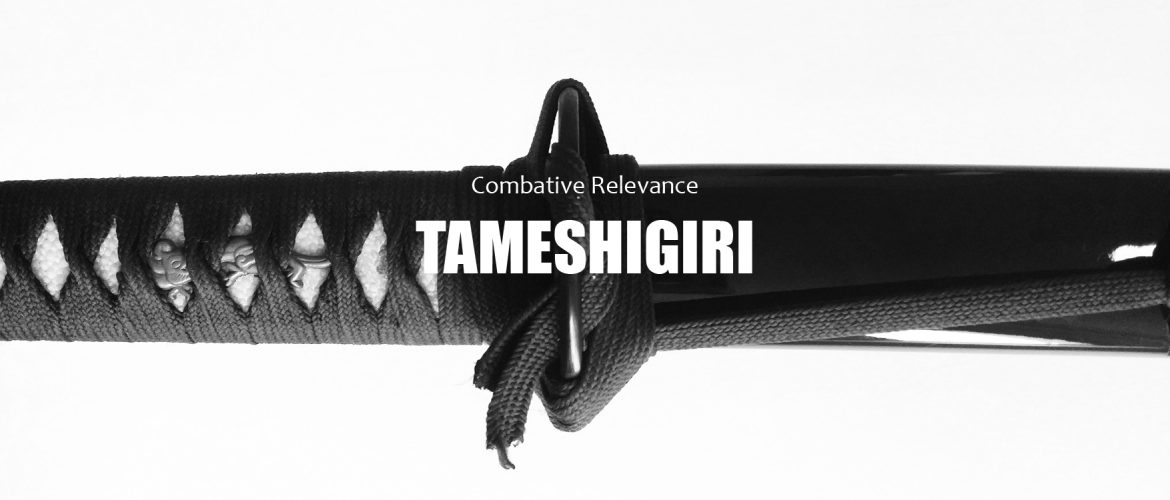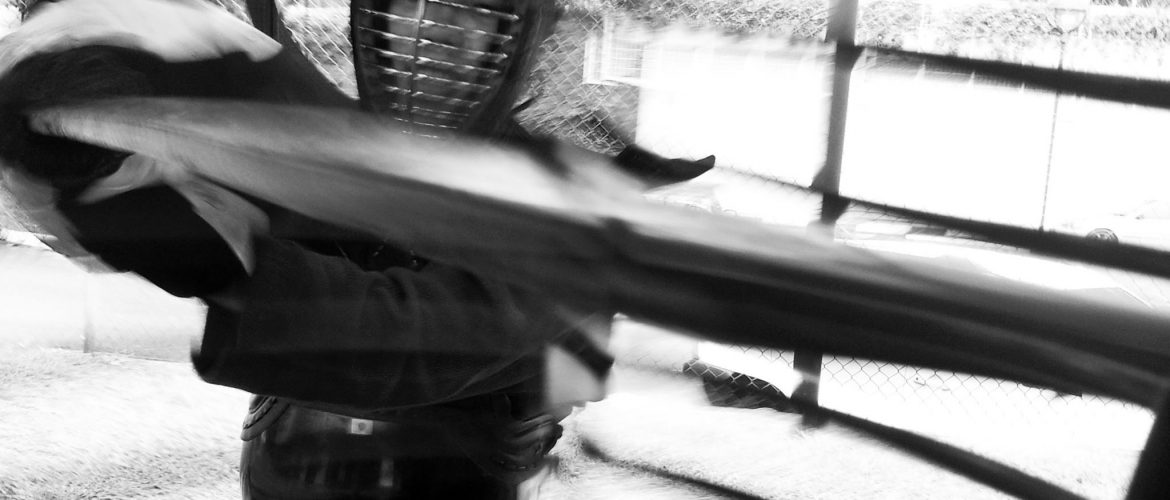NihontoDo is a modern Kenjutsu system which incorporates accelerated learning methods to teach swordsmanship techniques that are based on the use of the Katana.
Translated as “Way of the Japanese Sword”, this hybrid system was established in 2007 and incorporates elements from Toyama-ryū Battōjutsu and Kashima Shin ryū Kenjutsu.

I’ve learnt Wushu & Taekwondo, where the sparring was competition-style and didn’t gel with me. But with NihontoDo, the foam weapon made me realised that I didn’t have to hold back. Master Dav has taught me a lot of skills which I don’t learn in school, like character development.
Jim Lee
Nanyang Technological University undergraduate & NHTD pioneer student
Its modular syllabus encompasses four main aspects of modern swordsmanship:
- sports
- combative sparring
- drawing and sheathing of the sword
- and test cutting.
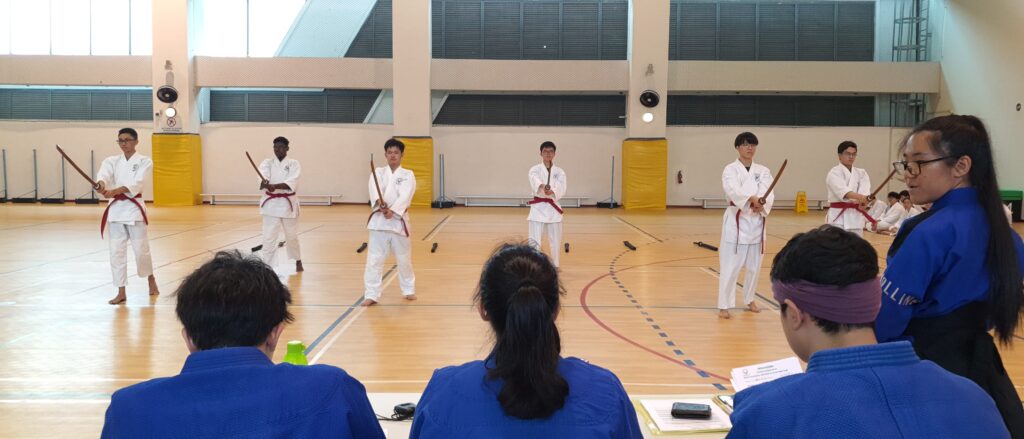
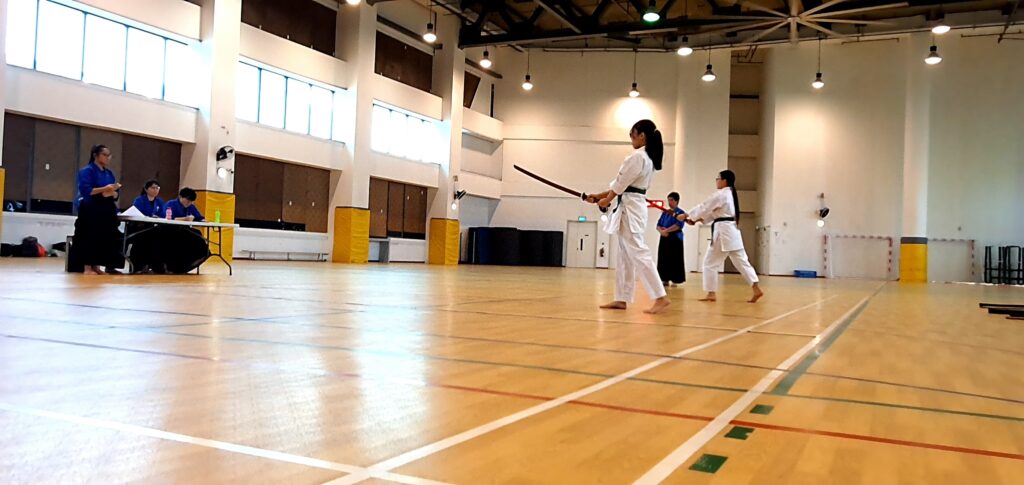
As a martial art that uses the kyū/dan system for ranking, practitioners will be graded to assess their progress and proficiency in the art and be allowed to attend more advanced lessons over time.
Designed for the layman, there is an emphasis in the syllabus on the mastery of fundamental sword techniques. This is done through a set of basic movements called “Kihon” that are taught and practiced across all 5 modules in the syllabus.
Full speed sparring is also a staple of training, to hone techniques and reflexes. While padded safety equipment (Actionflex) is used for sparring throughout all other levels, the bogu (traditional armour) and a stiffer fibreglass/polymer sparring weapon are used during Combative Kenjutsu.
The NihontoDo hombu (headquarters) is based in Singapore, and classes are conducted every Saturday (except on public holidays). If you’re interested in finding out more or registering for a free trial session, contact us directly at nihontodosg@gmail.com.

